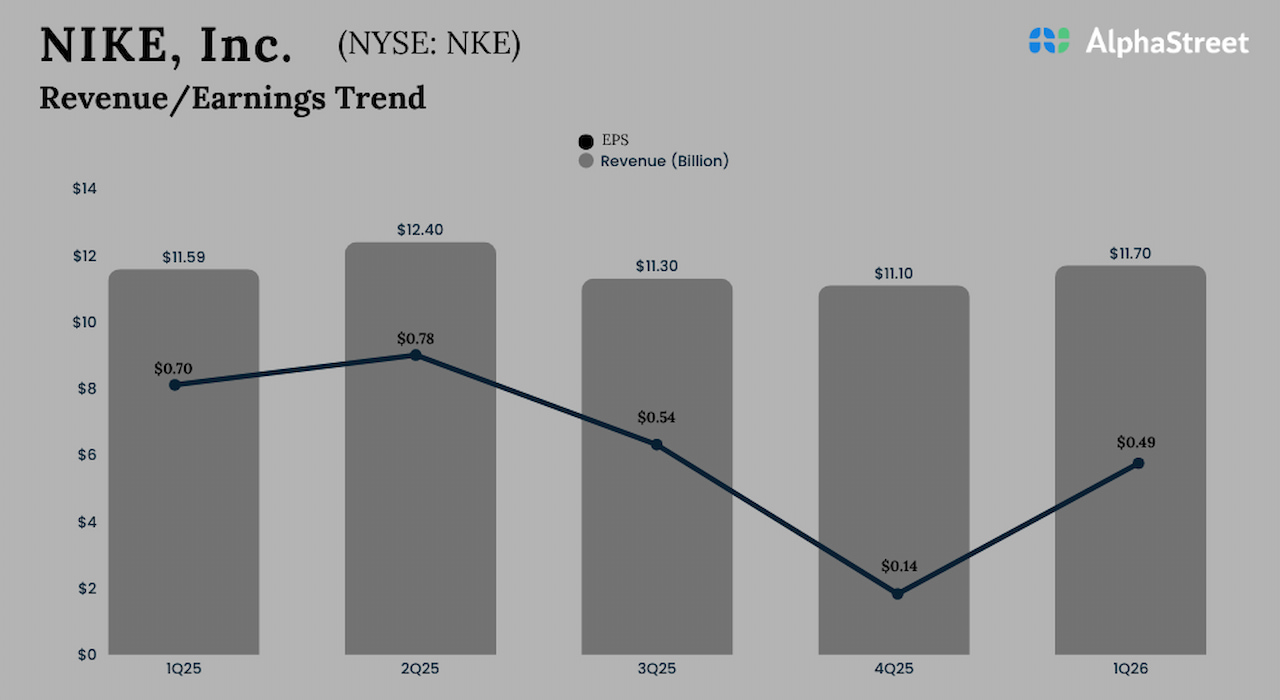By Ryan George, Chief Marketing Officer at Docupace
It’s no secret that investors and wealth management firms are facing unprecedented market conditions. A pandemic and economic ups and downs have destabilized traditionally strong sectors and frightened some clients away from taking financial risks. Although wealth management businesses experienced some benefits in 2021, the rest of 2022 and beyond carries the threat of high interest rates and an “on again, off again” threat of recession.
But it’s not all doom and gloom. The role of a fee-based financial advisors and RIAs are more important than ever as brand new type of investor/client enters the wealth management scene. During these uncertain times, the expert advice of a financial professional will be highly sought after and, more importantly, be needed more than ever.
Looking forward means being prepared, and financial advisors and planners need to know what they can expect for the foreseeable future. Identifying the top trends that will continue to impact RIAs for the next five years can help firms remain profitable and cultivate long-standing client relationships.
Keep Customer Data Secure
One trend unlikely to go away anytime soon for RIAs is the ever-increasing concern over cybersecurity. In February 2022, the SEC proposed additional rules that heightened the responsibility for advisors to protect customer investments and private data. More critical than avoiding federal fines for non-compliance is the erosion of customer trust in companies that fail to keep information safe. Bouncing back from a security breach is increasingly difficult, meaning firms must prioritize a proactive cybersecurity strategy.
The best way for wealth management businesses to approach cybersecurity issues is by investing in intelligent, automated digital platforms to help aggregate, store, and parse customer and trade data. Gathering information in one place makes identifying patterns and mitigating threats easier. Platforms like Docupace can help alert firms to red flags before they become information breaches.
Many firms are wisely outsourcing their cybersecurity efforts to remain more readily compliant and ensure the measures taken are necessary and effective. Relying on industry best practices and proven third-party companies is the surest bet for most wealth management businesses to protect their customer bases. It’s better to be safe than sorry, and RIAs should continue to invest in technologies and organizations that make cybersecurity a high priority.
Digital Transformation Has Gone from “Nice to Do” to “Absolute Must Have”
Digital technology has been transforming the financial industry for the past two-plus decades and the pace of transformation is accelerating. Financial advisors and wealth management firms need to lean into the changes. Digital transformation can take many forms, but one thing is sure: firms will continue to adopt a mix of traditional in-person and digital channels.
One trend likely to remain top-of-mind for RIAs is dealing with increasing investment in cryptocurrency. Although rife with instability, crypto is becoming a focus for younger and tech-savvy clients. According to Deloitte, federal regulators will likely create more legislation for the cryptocurrency space throughout 2022 and 2023. As regulations change and investors aim to diversify their assets, RIAs need to be knowledgeable about requirements and advise accordingly.
It’s not just the type of assets that investors are interested in that is changing. The way customers interact with firms has also evolved. One McKinsey survey reported that consumers prefer digital channels to in-person ones at an ever-growing pace. Interactions between RIAs and their clientele are going digital, with some firms adopting robo-advisors and hybrid models to appeal to a broader audience. This pattern means RIAs must be technically competent to engage with customers digitally and supported by a robust infrastructure that can handle such interactions.
Staying abreast of finance tech trends can help RIAs and wealth management firms prepare for changes. The organizations that thrive in the coming years will be adaptable and invest in new software platforms that can help soften the blows of a changing market.
Customer Relationships Matter More Than Ever
RIAs need to focus on the client-advisor relationship more than ever. A recent report from Docupace showed that 55% of new RIA assets came from client referrals, with third-party referrals contributing an additional 20%. Firms earn more business when existing customers are happy. The converse is also true — if investors have a bad experience at a firm, they are unlikely to recommend it to others and may even actively discourage it to prospects.
Younger investors, in particular, expect personalized and digital experiences. Millennials and Gen-Z clients tend to let their values guide investment decisions. Being in tune with the individual values of each customer can help firms and advisors better provide customized recommendations.
Similarly, turning to new technology allows companies to connect with clients through their preferred channels. McKinsey found that one-third of affluent investors currently use hybrid investment models. The firms that provide diverse options for contacting an advisor will perform better in the next five years than those that don’t. Clients want the flexibility to control their investment decisions while having access to a professional for advice, and RIAs need to adjust their advising models accordingly.
Ultimately, RIAs that keep their fingers on the pulse of the wealth management industry will be better suited to the changes coming their way. Remaining knowledgeable and proactive about cybersecurity, open to new digital technologies, and creating personalized relationships with customers will set RIAs up for success over the next five years. Nothing is certain but change, and financial advisors can best adapt to the ebbs and flows of their industry with a focus on these core areas.
The views and opinions expressed herein are the views and opinions of the author and do not necessarily reflect those of Nasdaq, Inc.







































